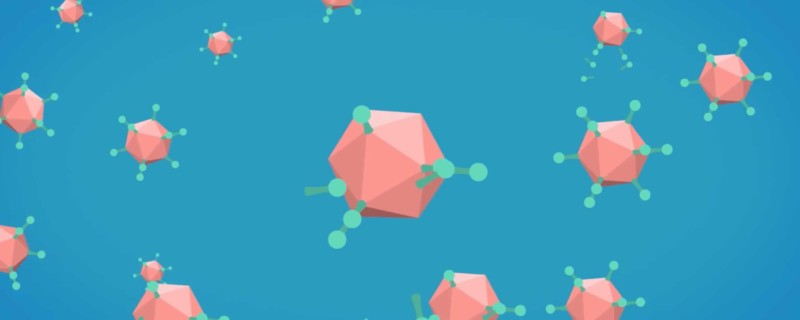
In-Process Analytical Methods are Critical in Gene Therapy Development
In gene therapy manufacturing, evaluating viral vector stability and integrity is critical in process development prior to production scale up. Process changes can affect critical quality attributes and as a result any process changes need to be carefully evaluated to determine the impact on viral particle size and intactness to ensure final product quality.
Viral Particle Characterization Challenges
Electron microscopy delivers high-resolution images that provide morphological information and particle identification. However, electron microscopes have many requirements that make them difficult to use. For instance, operation of the instrument requires an expert operator and the cost to maintain the equipment is high. The instrument also has special facility requirements, including space for the large footprint, concrete flooring, raised ceilings, no windows, low vibration and low electromagnetic environment. There is also a good deal of manual evaluation that can cause variability in the results based on the operators’ subjectivity.
Automated Viral Particle Characterization Solution
Vironova saw the need for a better solution for particle characterization in biomanufacturing. They developed the MiniTEM, which combines electron microscopy and image analysis in a bench top sized piece of equipment. The system provides a solution that is easier, faster and more cost efficient than an electron microscope, but provides visual proof at the same quality. It also provides automatic instant measurements of particle size, particle classification and aggregate detection in the range of 10-15000 nm. MiniTEM combines the power of electron microscopy with modern imaging techniques.
Because the MiniTEM can conduct these evaluations faster and more cost effectively, critical imaging information is now available during process development to inform the manufacturing process. The use of MiniTEM permits quick, efficient evaluation of how process changes are affecting the critical quality attributes of viral vectors in just a couple of hours.
Suboptimal process conditions in upstream, harvesting and downstream have been shown to cause stress and induce shear forces that can affect the morphology of the virus, cause aggregation, broken viral particles, or failure to remove virus or host cell related debris. With so many potential root causes for product quality problems, it is key to know what the potential issues are in advance and failing to identify these causes can delay projects significantly.
With MiniTEM insights, any process issues can be investigated with answers discovered in days. This quick turnaround time means that production won’t be sidelined for months if there is a problem and more importantly problems can be discovered earlier in the process.
With good analytics data companies can make better development decisions early, reduce process development time, and triple the number of projects that can be done in the same timeframe.
To see how the MiniTEM works, please see the video above.